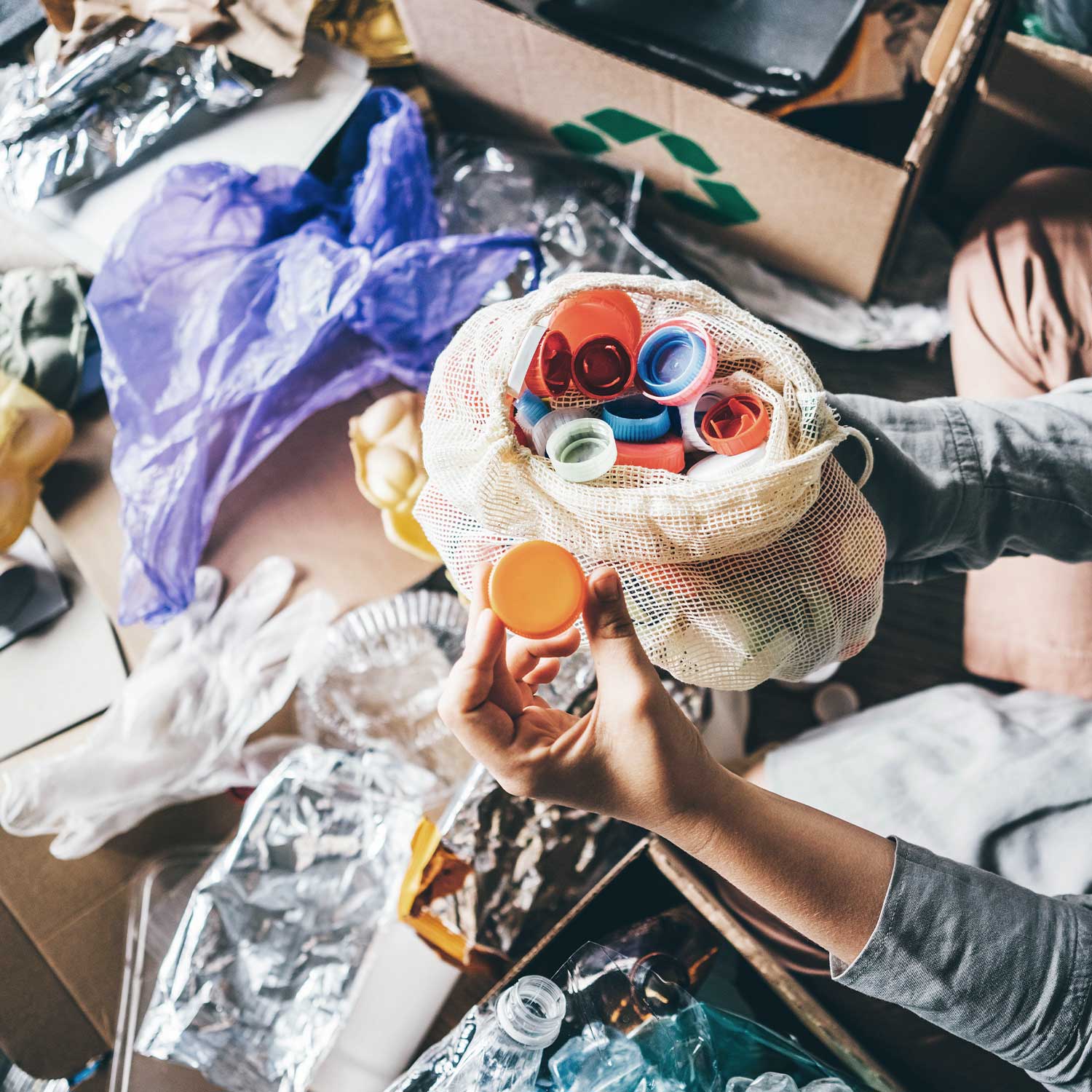
“The task of empowering students to become environmental stewards through experiential learning and raising their awareness of social responsibility is overwhelming for educators. Environmental education can therefore be made more engaging through the use of digital storytelling.”
Ranielle Navarro is an educator at the Albay Central School in Legazpi City in the Philippines. As part of The SDG Challenge: Advancing Global Citizenship Education Through The Power of Film in partnership with UNESCO-APCEIU, Ranielle screened Out of Plastic, Rain Harvest, and Ryan’s Recycling. Through the films, she encouraged students to connect with the Sustainable Development Goal (SDG) Number 4: Quality Education, Number 6: Clean Water and Sanitation, Number 12: Responsible Consumption and Production, Number 13: Climate Action, Number 14: Life Below Water, and Number 15: Life on Land.
Click here to view the student dashboard (pictured below)

How did SIMA Academy films and lesson plans resonate with your students?
The task of empowering students to become environmental stewards through experiential learning and raising their awareness of social responsibility is overwhelming for educators. Environmental education can therefore be made more engaging through the use of digital storytelling. Given the elementary level of these students, discussing the Sustainable Development Goals is an intimidating task. However, thanks to the SIMA films, they had a better understanding of the SDGs in their physical form. With the aid of the SIFT worksheet, their film viewing experience was expanded upon. It assisted them in processing their thoughts and emotions in response to the film. With which they also used to plan their advocacy campaign. We also utilized digital platforms such as Padlet and Menti so that they could share their thought processes in real time and allow their classmates to interact with them. They were given options for visual media to use in their campaign creation. With the aid of the worksheet on Brainstorming and Planning, they were able to plan their advocacy campaigns. Students took pride in the photo essays, infographic posters, and vlogs they produced.
How would you describe the learning experience for your students?
It was a rewarding experience! I noticed their eagerness to create their own advocacy through various types of visual media. They were ecstatic to use digital tools to spread their message to their peers and the community. You can check some their work in this link: https://bit.ly/SIMAadvoCampaign and https://bit.ly/SIMASift
Please tell us what you learned in the process of implementing this lesson with your classroom?
At first, I thought this task would be impossible given Tyhpoon’s frequent visits, power outages, and our volcano’s current alert level of 2 in our area. However, seeing my students engaged in the lesson using the PERA process is a motivating moment. What makes the preparation worth it is when my students became excited about creating their own advocacy. As a result, the best part is that they have learned not only about the visual elements but also how to use them in creating their own environmental advocacy.
Please tell us about the student impact campaign(s) that followed the screening(s):
My students created advocacy campaigns using vlogs, photo essays, and infographic posters using visual elements, fact-checked data, and interviews. They presented their work in class and shared it with their classmates as part of our advocacy campaign. Some of them went to a community and interviewed residents about the issue they were raising. Some took action and became role models by volunteering and participating in community extensions such as coastal cleanup and coral planting.